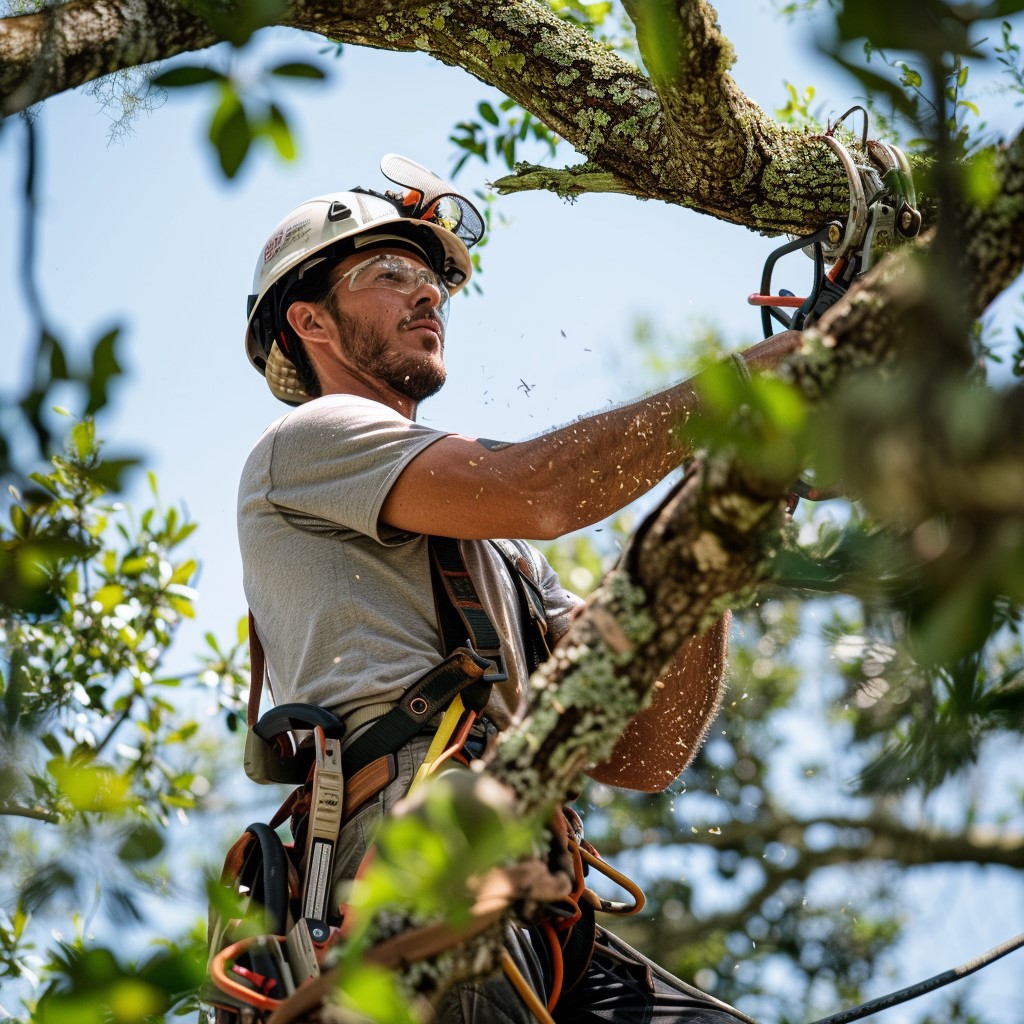HiLine Homes recognizes the significance of energy efficiency not only in terms of environmental sustainability but also as a means to provide long-term cost savings and comfort for homeowners. The decision to utilize a blow-in wall insulation system over traditional batted insulation reflects their commitment to staying at the forefront of innovative construction practices.
By incorporating advanced insulation techniques,HiLine Homes not only aims to exceed industry standards but also to provide homeowners with residences that are not only environmentally responsible but also economically beneficial. The investment in energy-efficient technologies aligns with a broader commitment to sustainable building practices,allowing homeowners to enjoy reduced utility costs,increased comfort,and a lower carbon footprint over the lifespan of their homes.
A well-insulated home needs less energy to heat in the winter and less energy to cool in the summer. It is a very important component of an energy-efficient home. Why does HiLine Homes do this when many other builders only use batted insulation?
Why Use Blown-In Wall Insulation?
Blow-in wall insulation fills in all gaps and voids in your walls and provides the highest attainable R-value in a wall. There are many benefits of a blow-in insulation system,including higher R-values,superior sound control,and reduced air infiltration which will significantly improve the energy efficiency of your home.
- Good insulation,properly installed,is your primary defense against growing energy costs.
- It is the simplest and most cost-effective way to reduce energy use and greenhouse gas emissions.
- According to the E.P.A.,it also saves over 600 times more energy each year than all the compact fluorescent lights,Energy Star appliances,and Energy Star windows combined.
The concept of energy efficiency is simple: “Less Energy to Provide the Same Services.”
Contact your local HiLine Homes office to discuss building your new home with a Home Consultant and ask to see a demonstration that shows the superiority of a blow-in insulation system with the link below.

